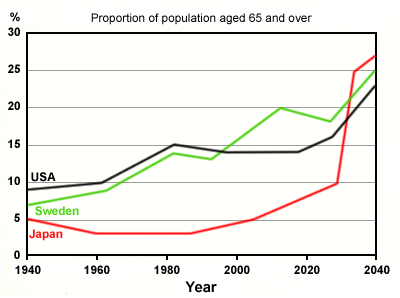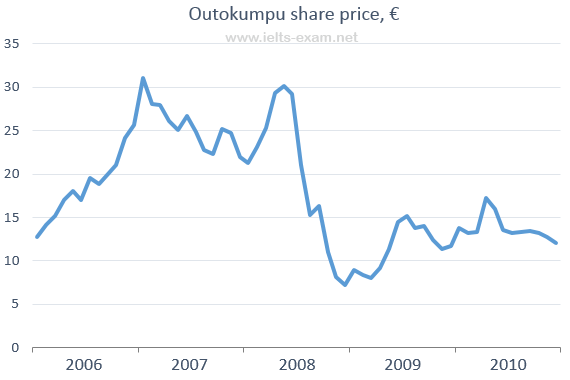Lesson 2: One Sided Answer or Two Sided Answer – Work or Study
[Part 2]
Do you work or study?
Do you work or are you a student?
Trong Lesson 1 mình mới phát triển được mỗi câu đầu. Dù đã nối dài một tí bằng cách mở rộng thông tin về trường, về bản thân nhưng tính ra vẫn là chưa đủ vì chả lẽ chỉ được mỗi một câu gọn lỏn.
Ví dụ với câu 1b2, mình chỉ có ý định học và học.
Giờ mình sẽ thêm 1-2 câu xoáy vào việc tại sao chỉ học và không định đi làm. Các bạn lưu ý chỉ cần bám vào mấy chỗ xanh là được, tránh off-topic.1b2. I am a fourth year student who has an interest in English Teaching and plans to purse further education after graduation.
Nửa vế cuối không biết có lan man không. Mình cố đưa thêm nhiều Structure vào để phần nói thêm đa dạng, còn về Vocabulary thì chưa có thêm được mấy từ khủng do mình theo đuổi phong cách viết của Simon, dùng từ đơn giản. Có lẽ mình cần phải đi sưu tầm thêm từ của Tây rồi quay lại cải tiến mấy ý này sau.1b2a. I am not interested in having a temporary employment while at college since completing my full-time study quickly is a priority for me. Those work while studying would need an extra amount of time to obtain their degree, which could lead to rising costs of living and some other expenses.
Với phương án 1b1, mình sẽ phát triển theo hướng đi làm sau khi tốt nghiệp. Viết nhẹ nhàng thôi để không quá lấn vào hướng work.
Ngành gì thì mình bốc phét tạm một ngành nếu tra theo cụm Bachelor of Science. Riêng chỗ (*) thì mình có mấy cụm nên đang phân vân, my… greatest source of enthusiasm/ goal/ field/ main passion.1b1. I am a fourth year student (of a Vietnamese university) who is about to take the degree of Bachelor of Science.
1b1a. After graduation, I am planning to find work in Applied Biology Science Careers, which has always been my… (*)






